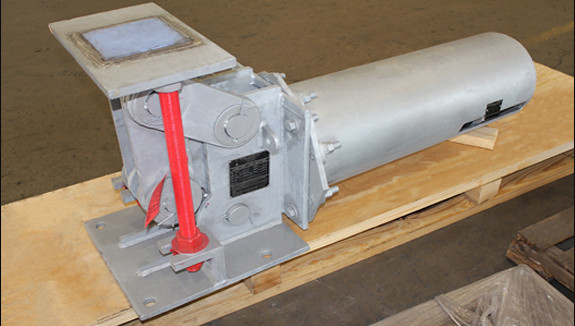| Type: | Custom Sway Braces with Ball Joints |
| Material: | A36 Carbon Steel | Hot-dipped Galvanized |
| Testing: | Standard Load Testing & Q.C. Inspection |
PT&P custom-designed sway braces on an urgent basis to replace existing sway braces at one of the ten largest oil refineries in the world initially built over 75 years ago. These sway braces will be used in Coker units that have long displacements. They are fabricated with “ball joints” at both ends due to the “banana effect,” where the Coker unit will actually bend due to the heating of one side of the Coker unit faster than the opposite side. The casing, pipe, coils, threaded rods, turnbuckle, ball joints, etc., are all fabricated from carbon steel with a hot-dipped galvanized finish.
The maximum loads, spring rates and movements for the sway braces are as follows:
| Max Load (lb) | Spring Rate (lb/in) | Max Movement (+ / – in) |
| 2475 | 90 | 10″ |
| 3800 | 267 | 3-3/4″ |
| 3480 | 120 | 9″ |
| 2500 | 200 | 2″ |
Learn more about our sway brace products and place an order with us today!
PT&P REF. ORIGINAL POST 03102020
Read More


